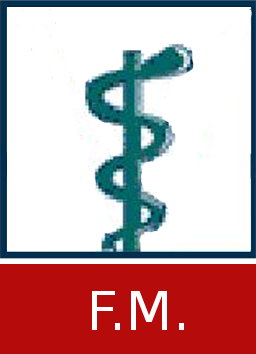Thesis, COLLÉGIALITÉ
Nguyen, Julie 
Promotor(s) :
Malgrange, Brigitte 
Date of defense : 4-Jul-2023 • Permalink : http://hdl.handle.net/2268.2/17832
Details
| Title : | Thesis, COLLÉGIALITÉ |
| Author : | Nguyen, Julie 
|
| Date of defense : | 4-Jul-2023 |
| Advisor(s) : | Malgrange, Brigitte 
|
| Committee's member(s) : | Stoufflet, Julie 
Cornil, Charlotte 
Franzen, Rachelle 
|
| Language : | English |
| Discipline(s) : | Human health sciences > Neurology |
| Institution(s) : | Université de Liège, Liège, Belgique |
| Degree: | Master en sciences biomédicales, à finalité approfondie |
| Faculty: | Master thesis of the Faculté de Médecine |
Abstract
[en] Among sensory impairments in humans, hearing loss emerges as the most prevalent type. According to the World Health Organization, over 20% of the world population suffer from hearing loss. This condition results from various factors, including genetic disorders, ageing, exposure to excessive noise or administration of ototoxic drugs. Amongst those, anticancer drugs such as cisplatin and antibiotics belonging to the aminoglycoside class, are strongly associated with hearing decline. The sensory cells present in the inner ear and the neurons innervating them are damaged or lost and, as they are not able to regenerate, hearing loss is irreversible. To date, no pharmacological therapy has been approved by the FDA to prevent deafness or to restore the audition ability and the quality of life for patients. Hence, extensive research is dedicated to identify agents that would protect cochlear cells against ototoxic insults.
In this context, the laboratory has been exploring the potential protective effects of the MRT13/14 library of compounds, which all derive from kenpaullone, a CDK2 inhibitor. In this work, we assessed the effect of 5 molecules (146-150) on aminoglycoside-induced toxicity in various in vitro and in vivo models. Our data revealed that the molecule 150 exhibited an otoprotective effect by decreasing the cell death induced by gentamicin in HEI-OC1 cell line, while 147 alleviated gentamicin ototoxicity in cultured murine organs of Corti. None of the tested molecules exhibited any noticeable protective effect against neomycin. In addition, no MRT13/14 compounds exerted otoprotection in zebrafish larvae in vivo. In conclusion, we identified candidate molecules that could protect sensory cells from aminoglycoside adverse effects, but discrepancies were found between aminoglycoside types and according to the experimental model. Further investigations are thus needed to confirm the relevance of considering these molecules as potential therapeutic agents in the clinics.
File(s)
Document(s)

 mémoire NGUYEN JULIE.pdf
mémoire NGUYEN JULIE.pdf
Description:
Size: 9.62 MB
Format: Adobe PDF
Cite this master thesis
The University of Liège does not guarantee the scientific quality of these students' works or the accuracy of all the information they contain.


 Master Thesis Online
Master Thesis Online



